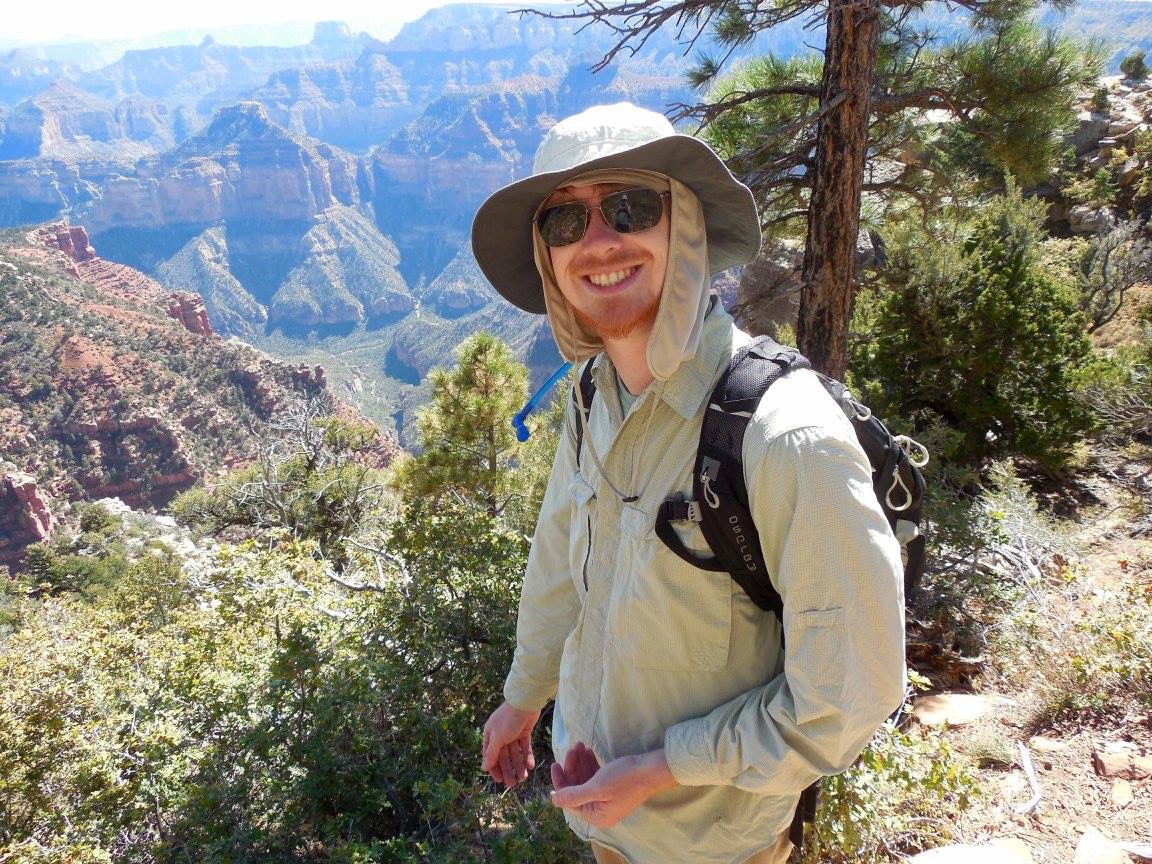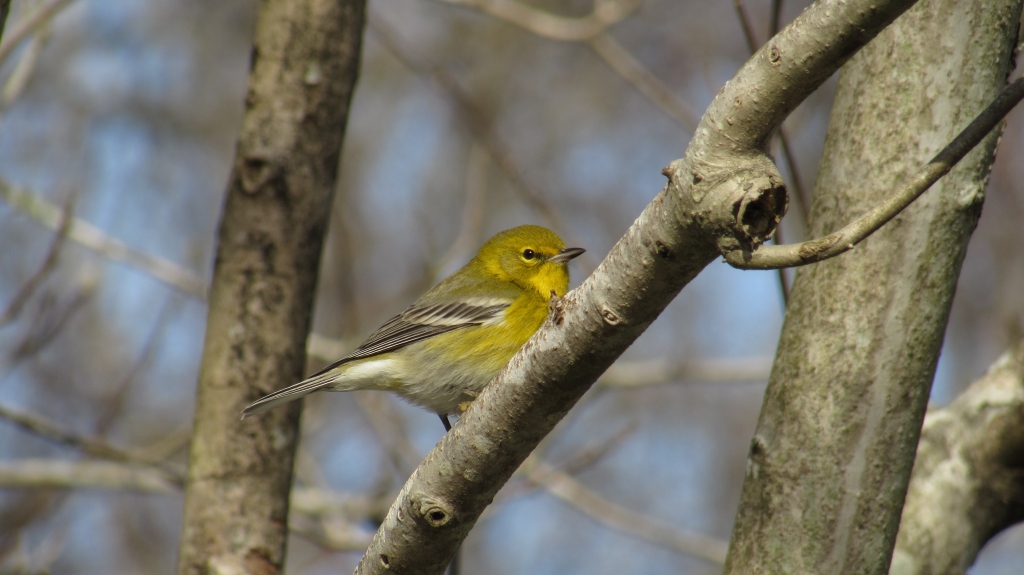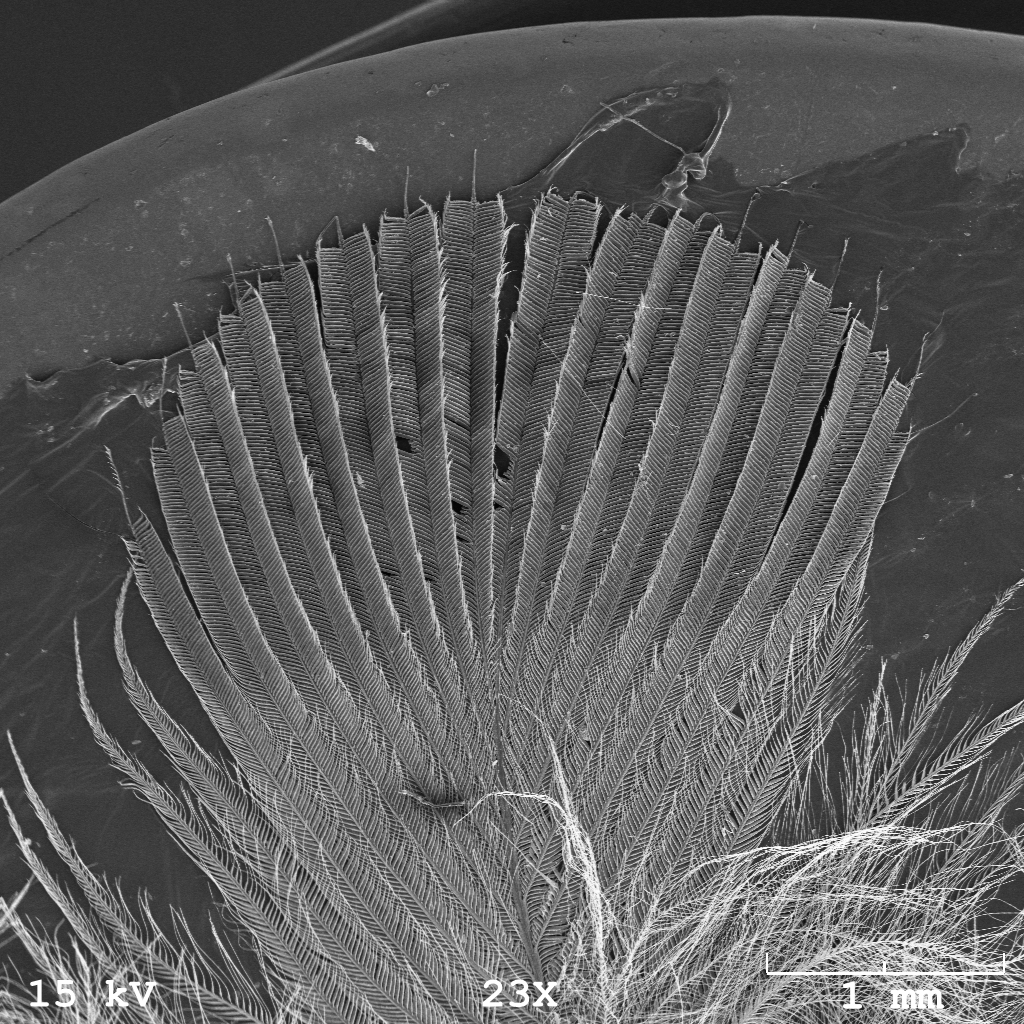It has been quite some time since I last wrote a blog post, and I decided that for my first post back, I would talk about my current position in academia: a post-doctoral fellow. When I last checked in, I posted that I was moving to Canada and starting a post-doctoral position in Dr. Stephanie Doucet’s lab. But what is a post-doctoral position, or post-doc for short? Well a post-doc is an in-between phase, where I am no longer a graduate student, but I am also not yet a professor. Due to the small number of available academic jobs each year, people who finish their PhDs often do not get professor positions right out of grad school. Instead we take up research focused positions in, typically, another lab, where we learn new techniques, ask new questions, and/or expand our previous work. Post-docs do not usually have to teach, so we have much more time to conduct research and write, which is a huge benefit for being a post-doc. We are also much more independent and are often semi-autonomous with our work. A post-doc was once described to me as a time to conduct another dissertation on a shorter time scale (1-3 years), but with all the knowledge and experience from grad school helping streamline and expatiate the research process.

There are two mains types of post-doc positions. The first is where you write a fellowship, for example through the National Science Foundation or the Cornell Lab of Ornithology post-doctoral fellowship. Some consider this type of post-doc ideal, because you join a lab with your own money and are conducting your project, not helping/conducting your advisor’s project(s). While this freedom is definitely a boon, the other type of post-doc is no less ideal. For the second type of post-doc, you join a lab on the PI’s, or principle investigator’s, money. This typically means that you are conducting research on an already established project or grant proposal and might have less freedom to do whatever you want, research-topic-wise. However, these post-docs can be quite ideal positions as well, because you can have more structure to be productive, and the position “forces” you to learn new techniques/study-systems/research ideas, which can help you further develop as a scientist. Now, the fellowship-type post-doc also provides plenty of opportunities for you to learn new things as well, so I would say neither is necessarily better than the other. It really just depends on the lab you join, your advisor, the source of funding, and YOU, which can result in a plethora of different experiences.
My post-doc is the second type of post-doc, where I joined a lab on my advisor’s funding. There were many reasons I took up this position over others. Firstly, my wife and I were both looking for post-docs, which is a difficult situation to be in as it is hard enough to find one post-doc, and the post-docs we both found were only 2 hours apart, so we could live together as I commuted to work (which is only twice a week currently). Secondly, it was one of my post-doc advisor’s papers that inspired my entire dissertation, so it is really awesome to be working with the person who had that level of influence on my research. And thirdly, I am able to work on several different projects with Stephanie, allowing me to expand my research along multiple avenues. Overall I am very lucky to have found such a great position and advisor!

There are three main research thrusts for my post-doc. The first is a continuation of some work I started during my dissertation, which is to conduct electron microscopy on hummingbird feathers to study and quantify the surface and internal structures of their iridescent feathers. Electron microscopy is a technique that allows me to look at feathers as a very, very small scale, much smaller than your typical light microscope, and allows me to look at the micro- and nano-structures in the feather that interact with light to produce the brilliant colors we see in hummingbird feathers. This project is another reason I wanted to work with Stephanie, as she has conducted this type of work in the past.


The second project I am conducting is a continuation of a project Stephanie and her former master’s student (Allison) started several years ago. We are working to understand the evolution of wood-warbler plumage coloration. First, we tested how variation in breeding habitat, nest predation, outside of pair matings (males/females copulate with individuals that are not their social mate to acquire additional offspring), and other related variables to understand how sexual and natural selection are working simultaneously to drive color evolution. This part of the project is actually already written up and will hopefully be submitted for publication soon! We are also working to understand how species range overlap (how much each specie’s range overlaps with another species’ range) predicts color evolution, with the idea being that the more you overlap with other species, the more different your plumage color will be compared to those overlapping species. This part of the project is allowing me to learn several new comparative statistics techniques, which I am thoroughly enjoying!



Finally, the third research project of my post-doc is working with local vineyards to help them both better prevent birds from eating all of their grapes and to evaluate grape ripeness using color. This is a more applied research project, which is great for me, because it is a new opportunity to study questions of color function and evolution in an entirely new context. We will be starting this project later this year, so we are still in the development stages of it, but I am excited to see what happens!
I hope that that this post was both informative about what post-docs are and provided you with an update about the research I am currently conducting. I am excited about all of the new opportunities I have been granted through working with Stephanie, and I have also been fortunate to have many opportunities to interact with a diversity of other research labs both at my university, University of Windsor, and my wife’s university, University of Western Ontario. Overall, I have had a great start to my post-doc and hope to have many more exciting updates in the future!
Great post Rick – I didn’t realize you were working on so many different things! I really like the images of hummingbird feathers under an electron microscope.
Great pictures! My (now ex) boyfriend went to Western so I’ve been to the area a lot, such a wonderful place when the weather is better, pay a visit to Grand Bend and Goderich, lovely lake-side villages.
Rachel Wuest
We’re lucky to have you at the University of Windsor, Rick! This was an interesting and informative post. I think the diversity of projects you’re researching during your postdoc are going to be very rewarding, and move science forward within your field.